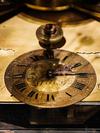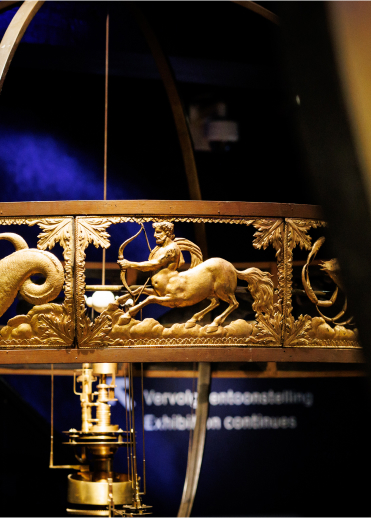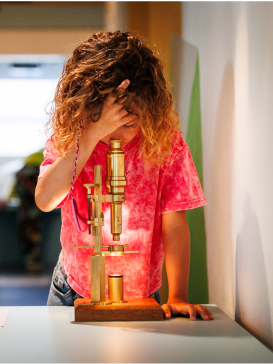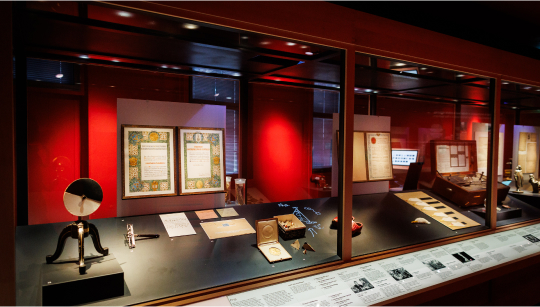Leiden Sphaera
6 min
The Leiden Sphaera is a model of the solar system, powered by a clockwork mechanism, showing how the planets revolve around the sun. It follows the ideas of the Polish scholar Nicolaus Copernicus. In 1543, he published the theory that the sun, not the Earth, is the center of our solar system.
In the century that followed, many astronomical observations confirmed Copernicus’ theory. By the mid-17th century, most astronomers accepted the heliocentric view of the solar system. However, the rest of the world still needed to be convinced.
Adriaen Vroesen, an important figure from Rotterdam who became mayor in 1669, agreed with this idea. Vroesen had connections in progressive scientific circles. Perhaps they inspired him to have this unique planetarium made. The model was likely placed in his home, showing that Vroesen was not only wealthy but also familiar with the latest scientific ideas. The planetarium could also serve as a symbol of power and prestige.
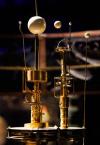
Builder of the Sphaera
The Leiden Sphaera was built by Steven Tracy, a clockmaker from Rotterdam with British roots. He was assisted by mathematician Nicolaes Stampioen. Together, they created a technical masterpiece. A pendulum clock, invented ten years earlier by Christiaan Huygens, moved the planets around the sun. They also added the moon and four moons of Jupiter. Slanted cams imitated the orbits of the planets.
Adriaen Vroesen did not enjoy his planetarium for long. In 1672, he fell out of political favor and had to flee. The planetarium ended up with his successor, whose heirs donated the model to Leiden University in 1710. An engraving from 1714 shows that the Sphaera was in the university library and promoted as a tourist attraction.
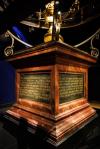
Problems & restorations
The wooden floor on which the Sphaera stood caused damage to the clockwork. In 1826, Frederik Kaiser, the new director of the Leiden Observatory, decided to store the Sphaera. In 1868, the planetarium was displayed again as a museum piece. First, it was placed in the hall of the new observatory and, from 1931, in the museum for the history of natural sciences, the predecessor of Rijksmuseum Boerhaave.
In December 1944, the Leiden Sphaera was badly damaged by a bomb from an airplane. After the war, the planetarium was repaired, but the zodiac signs were placed in the wrong order. During a thorough restoration from 2013 to 2015, the Sphaera was cleaned, and missing parts were replaced. Today, it is one of the highlights of Rijksmuseum Boerhaave. However, the ‘wrong’ zodiac could not be restored.
